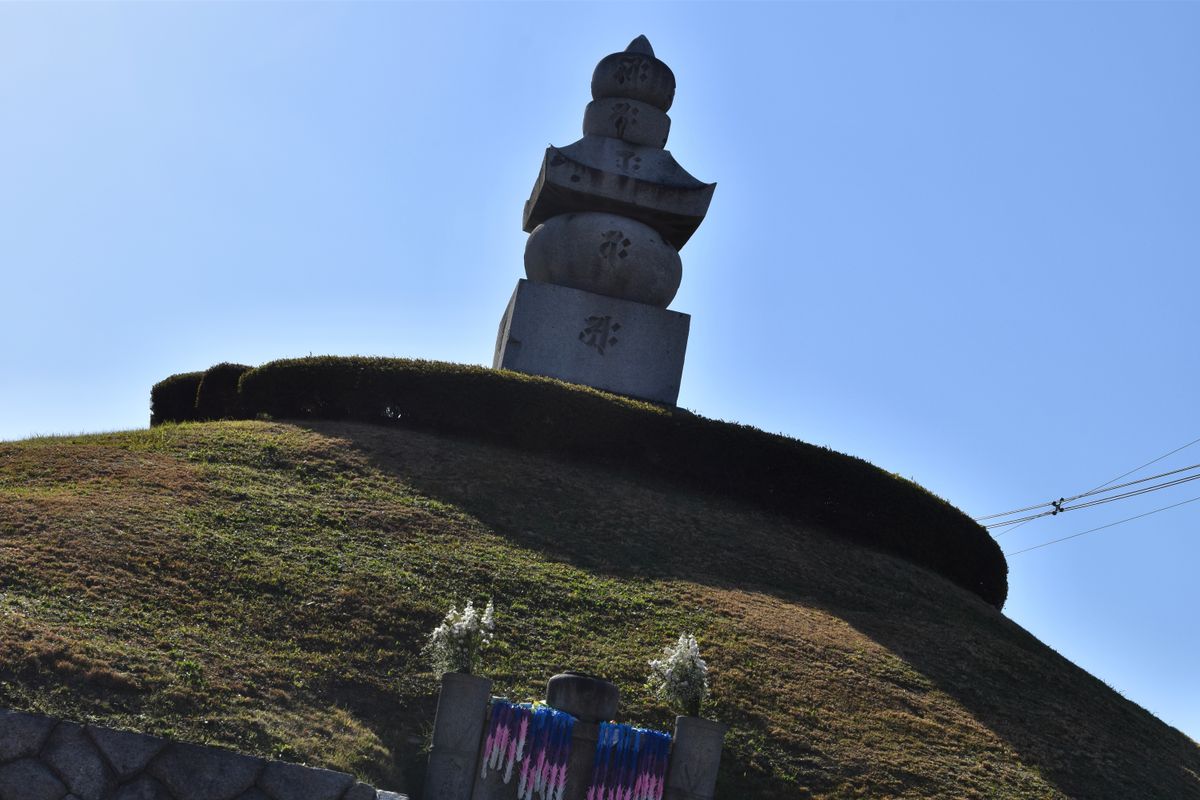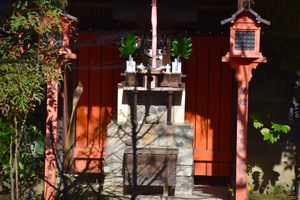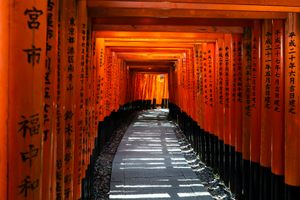About
Hidden in a quiet residential neighborhood in central Kyoto is a grassy mound of earth crowned with a stone memorial, below which are buried tens of thousands of sliced off noses and ears, the grisly trophies of a savage 16th-century war.
Led by Toyotomi Hideyoshi, Japan’s invasions of Korea from 1592 to 1598 were part of Hideyoshi’s failed quest to control all of East Asia. Previously, the tradition had been to take severed heads of slaughtered enemies as souvenirs, but the distance and mounting body count made that impractical. Instead, soldiers took the ears - and later and more numerously - the noses, of those they had killed in battle. These were pickled in brine and sent back to be inspected and then interred in Mimizuka, literally translating to “Mound of Ears,” even if it is better known as the tomb for the noses of at least 38,000 Koreans.
The Japanese soldiers were also known to kill and indiscriminately mutilate peasants, including women, children, and the elderly, to obtain more body parts to send home for rewards. Some of these victims were allowed to live, and for years after in southern Korea, noseless people were a common sight. Disputing counts have between 100,000 and 200,000 noses being brought back from Korea to Japan.
Mimizuka, a symbol of the cruelty of war, is in front of what was the Great Buddha Hall at Høkøji Temple and is now the Hokoku Shrine, honoring Toyotomi Hideyoshi, the leader of the brutality. Although a frequent stop for Korean tourists, Mimizuka is largely overlooked by the residents of Kyoto.
Related Tags
Know Before You Go
The shrine is located just to the west of Toyokuni Shrine, the Shinto shrine honoring Hideyoshi in Kyoto.
Hidden Japan: Sado Island, Nara & Kyoto
Explore a different side of Japan.
Book NowCommunity Contributors
Added By
Published
November 7, 2010
Sources
- Beyond Turtleboats: Siege Accounts from Hideyoshi's Second Invasion of Korea, 1597-1598: http://sjeas.skku.edu
- Reflections on Modern Japanese History in the Context of the Concept of Genocide: http://www.fas.harvard.edu/~rijs/pdfs/mccormack.pdf
- Kyoto: A Cultural Guide: http://books.google.com/books?id=YRCWtf_d5jgC
- Source is me. Edited to remove “suburbs“ I live in Kyoto and Mimizuka is near the city center about 20 min walk from Kyoto station.


































